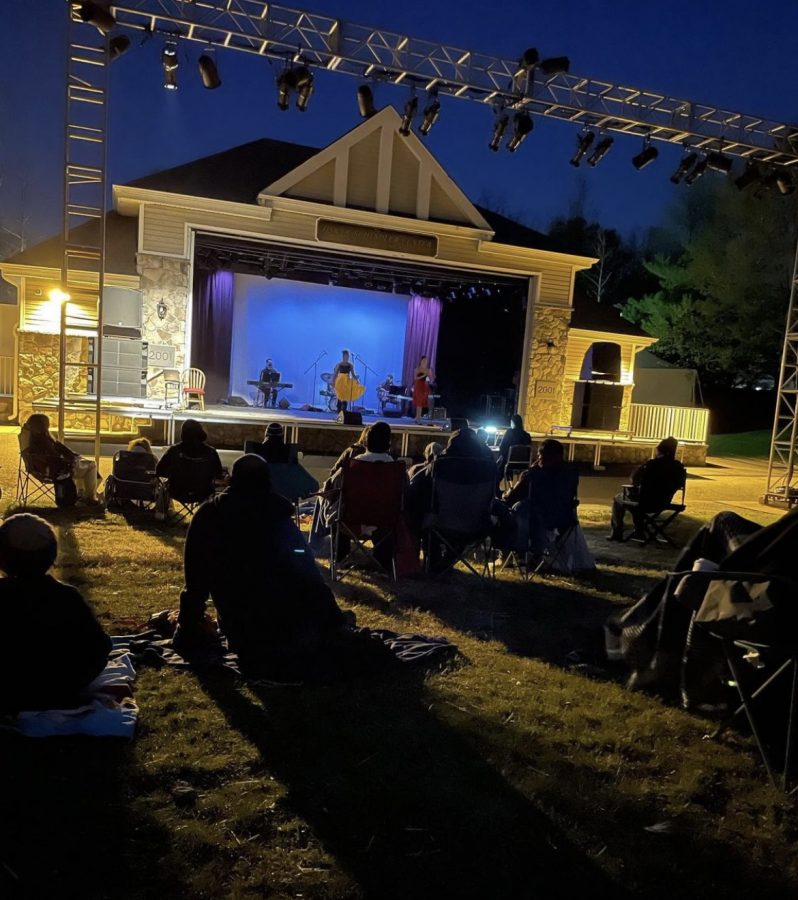Students vs. AI Detectors-Article
As technology advances, our world continues to embrace groundbreaking innovations like Cybertruck, virtual reality, and artificial intelligence. Artificial intelligence (AI) is a computer program enabling machines to perform tasks typically handled by humans and has rapidly transformed education.
Tools such as Grammarly, Otter.ai, and ChatGPT have become staples for students. We are living in the future of technology. While many students welcome these tools with a sigh of relief, educators often react with concern and search for ways to prevent academic dishonesty. It’s a delicate balance: while AI can be incredibly useful, its misuse in assignments like essays and projects has sparked a wave of suspicion among teachers. To address this, schools have turned to AI detection programs. At West Orange High School, Turnitin.com is a favored choice.
Turnitin.com
Turnitin.com is a widely used platform where students can submit essays for review. It generates a report by comparing the submitted work to online sources and previously submitted student papers. This report, called a “Similarity Report”, highlights how much of the paper matches existing content and aims to identify potential plagiarism.
However, Turnitin’s methods are far from foolproof. The platform frequently produces both false positives (flagging human-written work as AI-generated) and false negatives (failing to identify AI-generated content). According to the study GenAI Detection Tools, Adversarial Techniques, and Implications for Inclusivity in Higher Education, AI detection tools including Turnitin, exhibit high error rates. This has led to students being falsely accused of cheating. They often have no reliable way to prove their innocence.
For instance, Dr. Jared Mumm, a professor at Texas A&M University, failed his entire class after ChatGPT falsely claimed to have written their essays. In his words:
“I copy and paste your responses in [ChatGPT] and [it] will tell me if the program generated the content.”
This method of AI detection is inherently flawed. Using one computer program tool to judge another shows the unreliability of these systems.
Even OpenAI, the creators of ChatGPT, have acknowledged the limitations of their detection tools, admitting they are “highly imperfect.”
West Orange Student Story
AI detectors don’t just harm academic integrity, they also create a culture of suspicion and stress for students. Xen Kittur, a junior at West Orange High School, shared his experience:
“I was formally accused of AI use my freshman year. Even though I knew I didn’t do anything wrong, the threats of academic punishment were terrifying.”
He added that AI detection tools should “be taken with a heavy grain of salt” and said, “What is the point in using, admittedly, not perfect AI to detect other AI.”
Nyah McKinney, a senior, shared her thoughts on AI detection tools, saying: “We don’t need them. I understand why teachers use these tools—they can be helpful—but they’re extremely sensitive. Teachers mustn’t take them too seriously and use them fairly.”
Bias in AI Detection
AI detectors are also criticized for inherent biases. Many are trained on limited datasets that fail to represent diverse populations, disproportionately flagging work by minority groups and non-native English speakers. For example, detectors trained primarily on standard American English often misidentify English spoken by non-native speakers or written by ESL (English as a Second Language) students as AI-generated. This raises questions about fairness and inclusivity.
What is the Solution?
In today’s AI-driven world, even students who avoid AI tools entirely risk being falsely accused of using them. If you find yourself in this situation, here are steps you can take to defend yourself:
Respond Promptly: Show your teacher that you take the accusation seriously and are willing to address it.
Avoid AI Tools: Some educators count tools like Grammarly as AI assistance, so steer clear of any help that might raise suspicion.
Use Multiple Detectors: Run your work through various AI detection tools to show discrepancies in their assessments.
Show Version History: Provide your Google Docs version history to prove your writing process step by step. This is one of the strongest defenses against false accusations.
Be Honest: If you did use AI, admit it and assure your teacher it won’t happen again. Many educators appreciate honesty.






































































